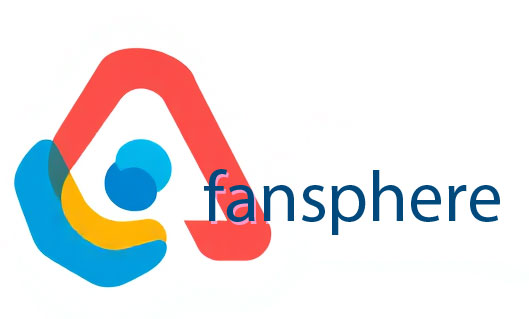Let’s start with the basics. Yawning is not just a sign of boredom; it’s your body’s way of telling you it needs more oxygen. Think of it as a little wake-up call for your brain. When you yawn, your body inhales deeply, flooding your lungs with fresh air and giving your brain a boost – almost like hitting a mental refresh button. How cool is that? But it’s also wrapped in mystery, as scientists are still figuring out all the reasons behind this quirky behavior.
Now, let’s dive into the contagious aspect. Ever been in a meeting, and one person yawns, and suddenly everyone else looks like they’re practicing for a yawning championship? It turns out that yawning might be linked to empathy and social bonding. When we see someone yawn, our brains empathize, triggering us to yawn too—it’s like a secret handshake of sleepiness! How fascinating is it that something so simple can connect us on such a primal level?
The Science of Yawning and Brain Function
Let’s dive into the fascinating world of yawning and its connection to brain function. First off, yawning isn’t just about being tired; it’s a complex behavior that plays a role in regulating our brain temperature. Yep, our brains need to stay cool and collected! Think of your brain as a computer—overheating can lead to sluggish performance. When you yawn, it allows fresh air to flow in, which helps cool down your noggin and boost alertness.

But that’s not all. Yawning is also contagious! Have you ever seen someone yawn and felt the irresistible urge to join in? That’s because yawning has social and communicative functions. It’s like a silent way of saying, “Hey, I’m tired. How about we take a break?” This shared experience can even strengthen social bonds among groups, much like a synchronizing dance where everyone falls into rhythm in perfect harmony.
Why Seeing Others Yawn Makes You Yawn Too
Well, it turns out that yawning is much more than just a simple act of stretching your face muscles. It’s deeply wired into our brains! Think of it as our brain’s little way of saying, “Hey, it’s time to sync up!” When we see someone yawn, our brains kick into gear, mirroring that behavior. It’s like a dance party, where everyone instinctively knows the moves. Isn’t that fascinating?
The science behind this is tied to something called “social mirroring.” Our brains are hardwired to connect and empathize with others, so when we witness someone yawning, our mirror neurons spring into action. They take that visual cue and translate it into our own bodily response. It’s almost as if we’re sharing a collective energy – a unified signal of relaxation or boredom. Picture it like a ripple effect; one yawn creates ripples that spread out, making everyone around join in the fun.

























Ajouter un commentaire